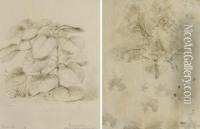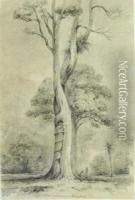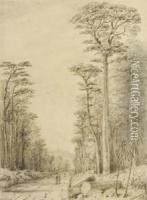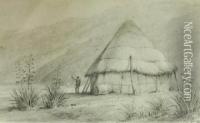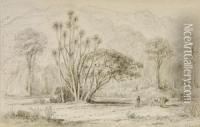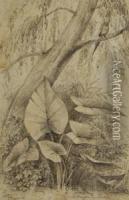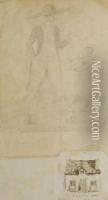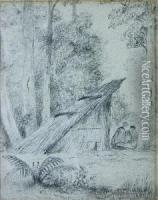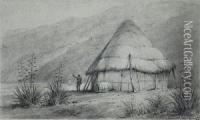William Swainsson Paintings
William John Swainson was a British artist, naturalist, and ornithologist known for his contributions to the natural history of New Zealand and other parts of the world. Born on October 8, 1789, in London, England, Swainson developed an early interest in natural history and particularly in the study of birds and insects. Despite facing financial difficulties and lacking formal scientific training, Swainson became a respected figure in the field of natural history through his self-taught knowledge and his extensive collection of specimens.
Swainson's work gained recognition in the early 19th century, a time when the British Empire was expanding, and there was a growing interest in cataloging and understanding the natural world. He was particularly noted for his detailed illustrations of birds, which were admired for their accuracy and artistic quality. In 1816, Swainson was elected a fellow of the Royal Society, an acknowledgment of his contributions to science.
In 1820, Swainson published 'Zoological Illustrations,' a series of volumes that showcased his skill as an illustrator and his keen observational abilities. This work, along with others such as 'Exotic Conchology' and 'A Treatise on Malacology,' established Swainson as a leading figure in the study of birds and mollusks. His approach to taxonomy, which involved grouping species based on shared physical characteristics, was innovative at the time and influenced the development of natural classification systems.
Swainson's career took a significant turn in 1840 when he emigrated to New Zealand, a move driven partly by financial struggles and the desire for a new start. In New Zealand, Swainson continued his work in natural history, focusing on the country's unique flora and fauna. He contributed to the understanding of New Zealand's natural environment through his writings and illustrations, which provided valuable insights for both scientists and settlers.
Despite facing challenges in his new home, including difficulties in farming and occasional conflicts with local Maori, Swainson remained dedicated to his scientific pursuits until his death on December 6, 1855, in New Zealand. His legacy endures through his contributions to the fields of ornithology, malacology, and natural history illustration, marking him as a key figure in the study of the natural world during the 19th century.
